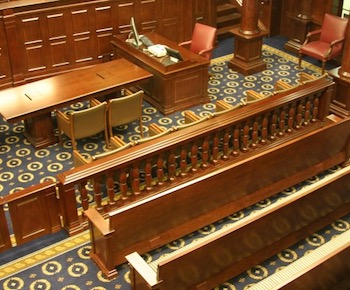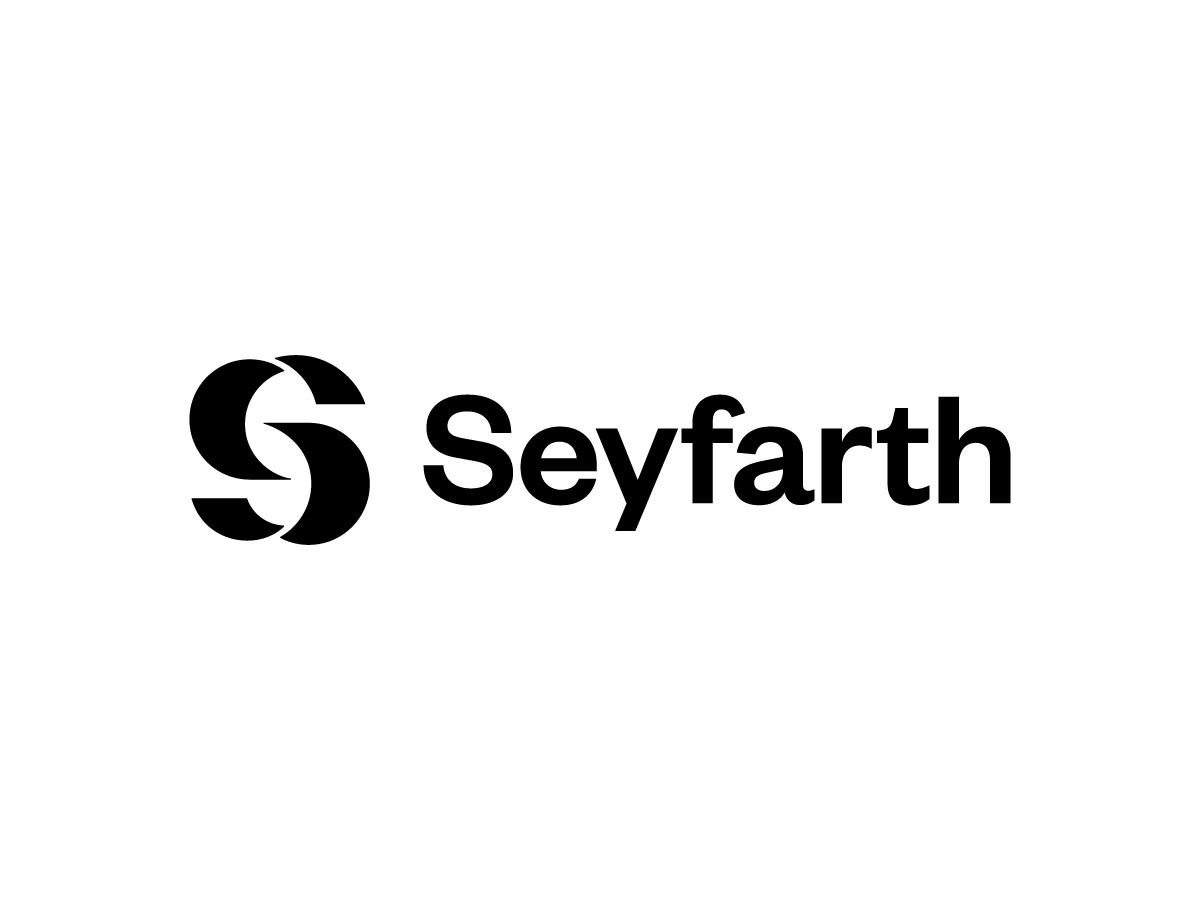NCAA President’s Proposal Resets the Playing Field | Holland & Knight LLP
With the College Football Playoff completed, the NCAA has reached an inflection point. After decades of austerity in providing benefits to student-athletes, NCAA President Charlie Baker recently sent a letter to Division I schools embracing and proposing change. Those changes include removing limitations for enhanced education benefits, providing the ability for schools to directly contract student-athletes for name, image and likeness (NIL) deals and the creation of a super-division for institutions with the highest resources for their athletic programs.
This Holland & Knight alert details the background leading up to President Baker’s letter, the key proposed changes and important implications that institutions must consider as they plan their path forward in operating college athletics.
NIL and Antitrust Law Motivate Monumental Changes to the NCAA
President Baker’s Dec. 5, 2023, letter arrives during a time when the NCAA faces increased scrutiny over its business model. Some proponents still celebrate the NCAA as a bastion for amateur sports and a facilitator of growth opportunities for student-athletes. Others have been critical of the financial growth of college sports as compared to what is provided to student-athletes. Several members of Congress have introduced bills attempting to establish student-athletes as employees of their respective institutions. This increased scrutiny exploded with the U.S. Supreme Court’s decision in NCAA v. Alston, which found NCAA restrictions on educational benefits in Division I Football Bowl Subdivision (FBS), men’s basketball and women’s basketball to violate the Sherman Antitrust Act, with a concurring opinion by Justice Brett Kavanaugh that strongly suggested other restrictions on student-athletes’ ability to receive payments were also antitrust violations.
In the backdrop of Alston and several state laws taking effect to protect third-party NIL payments to college athletes, the NCAA has allowed NIL deals and distinguished these deals from pay-for-play. Since allowing NIL deals, the NCAA has progressively updated its guidance to institutions for how to navigate the ability for student-athletes to engage in NIL deals and the prohibition on pay-for-play. A hidden effect of Alston was to provide a reset for examining the NCAA’s ability to restrict the athletic eligibility of student-athletes who transferred schools. The new transfer portal dynamic, combined with new publicity rights for student-athletes, has transformed the NCAA landscape.
President Baker’s letter recognized these changes and noted one additional motivation for new policies: the differences in institutions’ financial resources. In particular, a stark disparity exists between the 59 Division I schools that spend more than $100 million on their athletics programs and the remaining 291 that spend less than $50 million on their athletic programs. NCAA institutions are not monolithic, and President Baker recognized that a more flexible regulatory structure must exist to address these differences.
President Baker’s Dec. 5 Letter Embraces Change and Plots a Path Forward
President Baker’s letter proposed three simple but seismic changes to address the current NCAA landscape. While briefly stated in the letter, the changes are rich with implication.
- The first proposal would remove the restrictions on the level of enhanced educational benefits Division I institutions could offer student-athletes. In accordance with Alston, enhanced education benefits had been capped at $5,980. The first proposal would, in theory, also allow an institution to award any amount for academic or graduation achievements.
- The second proposal would allow schools to directly contract with their student-athletes regarding their publicity rights. In other words, at the institution’s choice, the institution rather than (or in addition to) an NIL collective could be the primary driver of NIL deals.
- The third proposal would allow the institutions with the highest athletic resources to create a subdivision with rules that differ from the rest of Division I schools. This subdivision would also be required to invest at least $30,000 a year into an educational trust fund for at least half of the institution’s eligible athletes.
The Consequences and Potential Avenues for Navigating Them
These briefly stated but monumental changes to the NCAA landscape require institutions to consider reconciling their athletic, financial and educational objectives. These missions, in turn, will assist institutions in addressing the consequences of these changes, including the following:
- Direct NIL Deals. If an institution brings NIL infrastructure in-house to directly contract with its student-athletes, the institution should consider how the institution will structure and monitor NIL deals to ensure no pay-for-play deals exist, as these deals remain prohibited. Schools will also have to enhance monitoring for Title IX compliance, given that the institution rather than a separate entity will be issuing NIL payments to its athletes. Even if an institution does not bring NIL in-house, it should carefully scrutinize its relationships with NIL providers, as more and more institutions face risk for NIL lawsuits for Title IX violations, even where the NIL infrastructure is run by a third party.
- Tax. The U.S. Department of Education’s position is that the Alston stipend, which may be part of an athlete’s financial package, is taxable. How each institution implements these payments can impact the athlete’s ability to receive certain types of financial aid. Without any restriction on the provision of enhanced educational benefits, the tax and financial aid implications will substantively change. How an institution balances the desire to grant benefits with its own tax structures and the tax implications for its student-athletes will be a key decision point.
- Employment. President Baker’s proposal does not contemplate student-athletes as employees. Though some plaintiffs’ lawyers will argue that the NCAA could have always structured its rules to allow institutional payments to student-athletes, this proposal may have a chilling effect on ongoing Fair Labor Standards Act (FLSA) litigation and the policy stances by the National Labor Relations Board (NLRB) by funds being transmitted to student-athletes via expanded NIL. The proposal provides no direct revenue sharing for multimedia rights deals by the institutions. However, institutions will need to assess with legal counsel the structure of direct NIL relationships, especially in sports where there is substantial NIL activity, to avoid undesired employment implications.
- The Super Subdivision. Any institution entering this subdivision has numerous rule changes to contemplate that go beyond the scope of this article but will likely affect the NIL rights, tax and employment implications discussed above. From a governance standpoint, the administration of an educational trust fund creates a need for a well-thought-out corporate structure, especially where an institution may be contributing millions of dollars a year to a trust.
Future Considerations
All of the implications above will require institutions to coordinate among different departments on unprecedented levels. Decision on the appropriate path for a university’s athletics program will fundamentally shape certain financial, legal and operational considerations for an institution. The overall leadership of the institution must bring together these areas of concern to form a cohesive plan that serves the mission of the institution.
Legal counsel is critical to ensure compliance with the developing policies and changes in law in this area, as well as to assist in navigating the myriad of implications from President Baker’s recent proposal.






